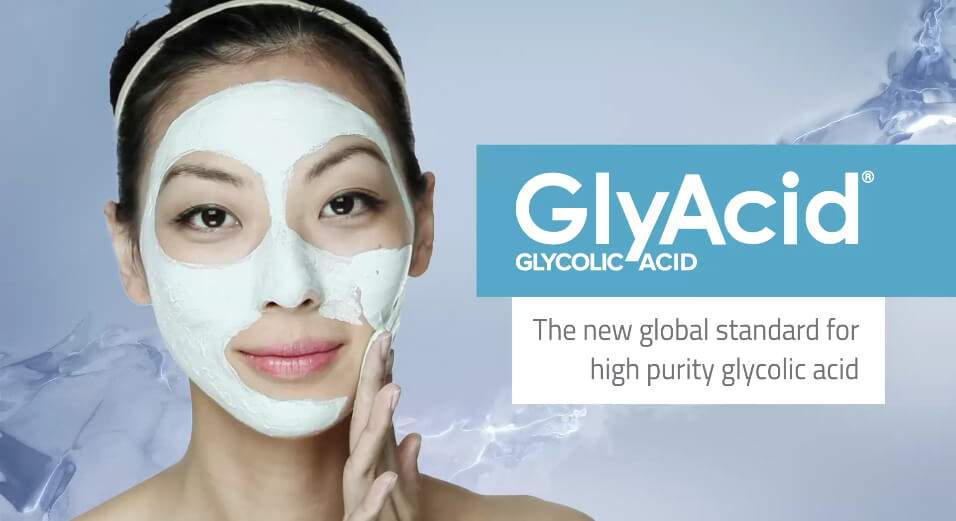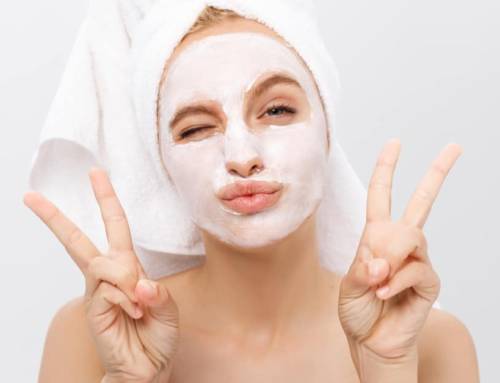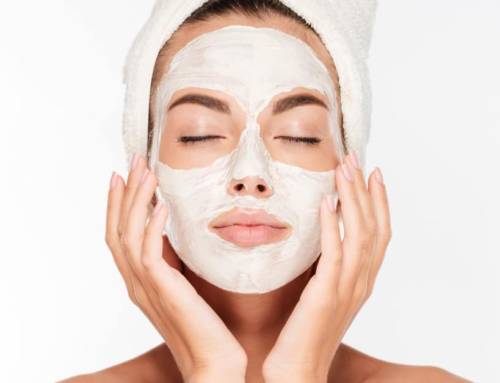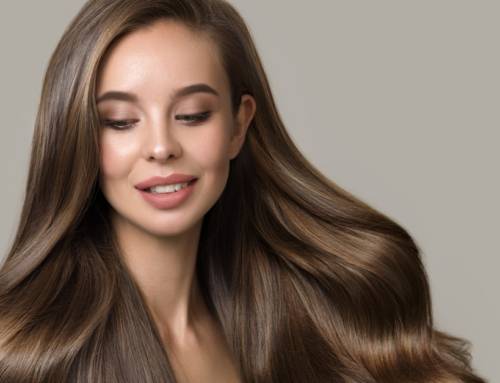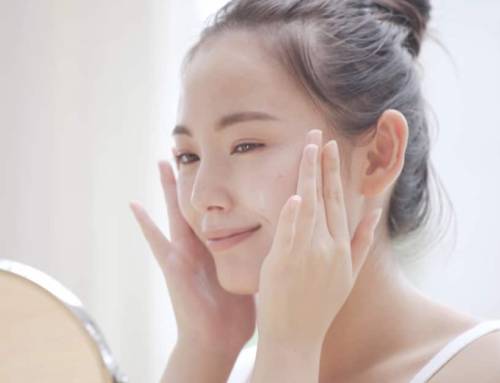Get Sweet ‘Honey Skin’ with Glycolic Acid

Another trend sweeping the skincare world is honey skin, straight from the Korean Beauty world. Honey skin is exactly what it sounds like – skin that looks like it’s covered in honey.
“Long before the aforementioned glass-like skin started trending, “honey skin” was (and still is) all the rage in Korea. No joke; it’s the ultimate compliment if someone tells you your skin is akin to the gooey bee sap,” according to Allure.
For consumers who want to create their own honey skin, a skincare regime featuring glycolic acid based products is key to creating smooth, plump skin and joining in on this K-Beauty trend.
Defining honey skin
Frequently referred to as the cousin of “glass skin,” or skin that looks as translucent and clear as glass, honey skin is skin that is well hydrated, well moisturized, and plump. Another way to think about honey skin: skin that is supremely nourished and healthy.
“Honey skin is more about skin that looks super-nourished, dewy, smooth, and plumped up! There’s a sweetness to honey skin like bouncy baby skin,” Alicia Yoon, founder of K-Beauty brand Peach + Lilly explained in MindBodyGreen. “Honey skin, like glass skin, is also a long-held skin ideal and a ‘look’ that’s been coveted in Korea for some time now because it’s also all about improving skin health in a fundamental way. Honey skin is best accomplished when skin is well-nourished and plumped up with hydration.”
While glass skin is prized for invisible pores and “radiance,” honey skin is all about dewiness, smoothness, suppleness. And for many familiar with the K-Beauty world, honey skin in an older term and much more famous skincare trend than glass skin.
“Honey skin has been “dominating social media for the past few years…You can see for yourself, the hashtag in Korea has over 176K results on Instagram. People love posting their honey skin, or their fave skincare products, or even babies with their natural, plump skin on Instagram when referencing honey skin,” said Charlotte Cho, co-founder of Soko Glam, to Brydie.
Luckily for consumers, honey skin is easier for most to achieve – especially with the help of that supreme exfoliating ingredient, glycolic acid.
The secret ingredient of honey skin
The critical component of honey skin is skin that is well-moisturized and plump. And the absolute best way to achieve this level of high hydration? To exfoliate frequently, with products containing the superior exfoliator glycolic acid.
Long hailed as “the gold standard for exfoliation,” glycolic acid primes the complexion for honey skin in several critical ways. First and foremost, glycolic acid sheds off any dry, flaky, or dull patches of skin on the face.
When topically applied, glycolic acid dissolves the bonds holding flaking, dead skin cells together on the surface of the face – and quickly sloughs these damaged cells off. By shedding off dry dead skin cells, skin immediately looks smoother, fresher, and plumper – all traditional hallmarks of honey skin.
Glycolic acid primes the complexion for honey skin in several critical ways.
Additionally, glycolic acid also helps create bouncy, dewy honey skin, through the molecule’s ability to drive new skin cells to the surface of the face. Glycolic acid’s small molecule size allows it to penetrate the skin cell quickly and stimulate new, healthy cell movement to the top of the epidermis. These new skin cells are then able to absorb the moisturizing serums, creams, lotions, and oils that are needed to create the glowing, dewy look of honey skin.
Honey skin for all
As consumers try to create complexions that are as supple, smooth, and sweet as a drizzle of honey, glycolic acid exfoliating masks, scrubs, and liquid exfoliators will continue to be a crucially important priming step of this K-Beauty skincare trend.

